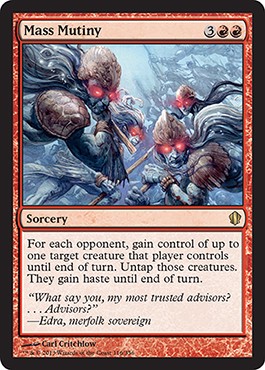

Join forces from Commander 2011 is a good example of a group hug mechanic.Ĭards like Heartbeat of Spring ramp everyone into their threats as early as possible and Dictate of Kruphix gives them the resources to keep going. Strategies like group hug, where you deliver table-wide benefits to your opponents, become a very opportunistic game plan. The higher life total and multiplayer aspects mean that games not only go much longer but also offer a wide variety of ways to interact with your opponents. Your starting life total in EDH is 40 instead of 20 and the format runs as a free-for-all between two to six players. If a player receives 21 or more commander damage from a single commander throughout the course of the game, they lose. Every time a commander deals combat damage to a player it also does commander damage. There’s also an alternative way to win than regular damage. This saves you the price of a used car payment each time you build a deck. There’s no need to buy four of each on-color fetch or shock land.

This rule is what helps Commander be such an accessible format for players on a budget as well as what leads to players having unique and creative ways to play. You deck must include no more than one copy of each card (i.e., it’s singleton). When your commander dies, you can recast it, but you have to pay a tax of two additional mana each time.Ī commander deck has to be exactly 99 cards, plus your commander. This means if your commander is a card like Morophon, the Boundless, then your deck can use any cards as all five color symbols are present on the card.Īlternatively, if your commander is a colorless card with no colored mana symbols like Kozilek, the Great Distortion, then you’d be limited to colorless cards plus wastes instead of basic lands. The Rules of CommanderĬommanders must always be a legendary creature and your deck can only include cards with mana symbols that are present on your commander’s card face (this is their color identity). Commander, also known as Elder Dragon Highlander (EDH), is a singleton format that revolves around building 100-card decks that usually work around a single card: that deck’s “commander.” Commander has its own set of unique rules that separates it from the typical Constructed formats.


 0 kommentar(er)
0 kommentar(er)
